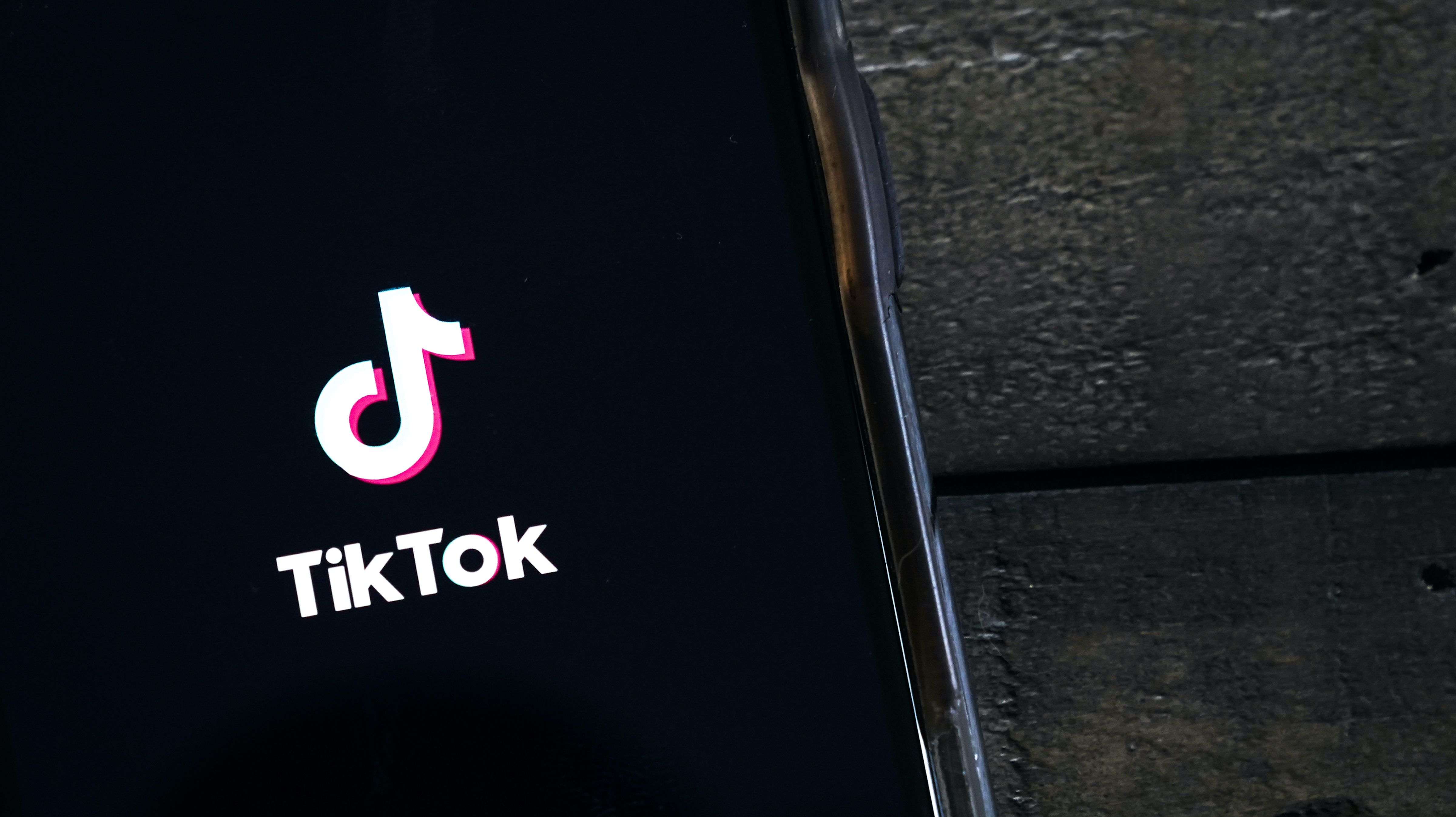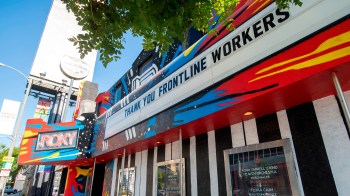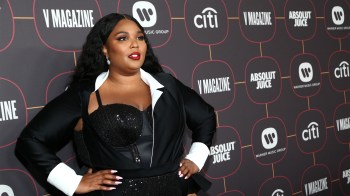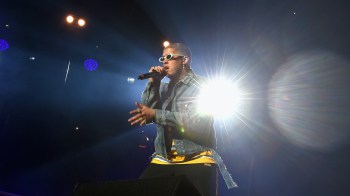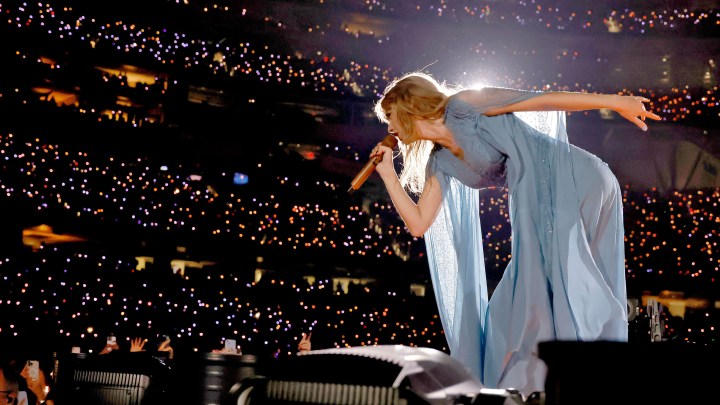
Where the music industry stands since the depths of the pandemic
Where the music industry stands since the depths of the pandemic

The music industry is worth tens of billions of dollars. It includes everything from streaming platform subscriptions to concert tickets. And of course it’s been an interesting journey for live music the past few years given pandemic restrictions and reopenings.
For a closer look at the economy surrounding music, “Marketplace Morning Report” host David Brancaccio spoke with Dan Runcie, founder of Trapital, an industry publication that tracks business trends in music.
Trapital puts out an annual report on music, media, hip-hop and more, and recently released its 2023 industry report. The following is an edited transcript of the “Marketplace Morning Report” interview on the report and its findings.
David Brancaccio: Let’s start with what’s become such a big piece: music streaming. Spotify, Apple Music and so forth. Revenues [are] growing from that, but your report finds it could be even larger revenue?
Dan Runcie: So one of the big things is that streaming revenue has continued to grow. But that growth rate year-over-year has slowed down. From 2021 to 2022, it grew from $15.7 billion to $17.5 billion — so 11% growth. But the year before was at 24%, the year before that it was at 19%, and then 29% if you look back in those years.
Part of that’s because of the pandemic — there was a lot of growth for digital media and things like that overall. But there’s also a saturation challenge as well, because streaming is a product that is well developed in a lot of the Western markets and regions of the world, where the service can cost as high as $15 a month in Denmark and places like that. But as more of the growth has been happening everywhere else in the world, where the service can cost even less than $1.50 per month in places in India, that makes it tough for the revenue to continue to grow. And when the revenue growth doesn’t happen at the same rates, we start to see more and more discussions and challenges and tensions between the record labels and the rights holders on one side, and the digital service providers, the streaming services, on the other side, in terms of how best to grow the pie, and how best to make sure that everyone can earn as much as they can from the music that comes through.
Brancaccio: I mean, that’s the thing, right? Everybody wants their piece of the pie to be maximized. How might record labels work to maybe grab a bigger percentage?
Runcie: So there are a few incremental things that have happened over the past year. There has been price raises on a lot of the streaming services here in the U.S. Many of them did raise their services from $9.99 to $10.99 a month. There have also been different shifts, such as increasing the payouts for “professional artists” — artists that may have a minimum of 1,000 streams from at least 500 different users. And different shifts in terms of, algorithmic versus plays that you select yourself.
But the big opportunity is to increase the amount of offerings that are given to “superfans.” Superfans is this word that’s been used in the industry to talk about the fans that are much more passionate and much more willing to support and buy products from their favorite artists. And this is a huge piece, because while streaming is a great product, it’s a product that saved the music industry in a lot of ways. If we go back to the early 2010s and even the 2000s, the music industry was in a pretty rough shape. And streaming did offer a product that was widely accessible that people wanted to buy. But it’s a product that serves the lowest common denominator. And by that I mean, the baseline music fan that wants the products that they want, they want to listen to the music, they can pay $9.99 a month — well, now $10.99 a month — to listen to 100 million songs, access nearly any song that’s ever been made. And that’s a very valuable product from a consumer perspective.
But if you think about the way things were in the CD era, there were many more ways for those superfans to be able to buy more if they wanted more. So in a digital world, obviously, when we’re now purchasing things on a basis of access, how do we offer that? What does that look like? So what are the ways that you can offer community, offer merchandise opportunities, offer fans’ input and exclusive access, early access previews, listening sessions and things like that, which give them a little more.
And based on some data from a Goldman Sachs report, they predict that 20% of music listeners that are subscribed to these services are a superfan of at least one artist and are willing to pay at least two times more than they normally pay in order to support that particular artist. And they predict that’s a $4.2 billion opportunity. And I think even that number is scratching the surface of all the possibilities when you think even beyond what exists on the existing services, and how this can move forward.
Brancaccio: And then superimpose on that new technology: generative artificial intelligence. Seems like it will be scary for some artists who might be copied by machines, but you see it also as an opportunity?
Runcie: This is a huge opportunity to increase the engagement for fans themselves, increase the amount of derivative work that can be based on the original songs that the artists and the rights holders have. And that is something that time and time again has increased the value for the rights holders and increased the value for this industry overall. It’s something that has been a bit of a contentious point. I’m sure that listeners to this show may remember that viral Drake and The Weeknd song that happened earlier this year. And there was quite a hubbub about it in terms of the rights holders and even Drake himself complaining and saying, “What is this? How do we find the best way to regulate this?”
Brancaccio: In case you missed that memo, it was a Drake song, but it wasn’t a Drake song. It was a machine.
Runcie: Exactly. It wasn’t even made by Drake, it wasn’t even made by The Weeknd. It was a machine and it was an “artist” by the name of “Ghostwriter” that had put it together. But that shows you what the potential of the technology is. Now, the way I see it though, in terms of the opportunity for the industry, finding ways to make sure that there is a) attribution that’s given back to the artists, there’s b) consent as well, and c) there are safety protocols in place to make sure that the artist’s likeness, voice and lyrics aren’t being used in any type of patronizing or any type of conflicting way.
There’s already been certain artists like Grimes and others who have offered any artist that wants to use their voice or likeness or lyrics to base a track off of them, she would then be willing to share a portion of her proceeds from the revenue that comes from that song. And I think there’s opportunities like that as we make things easier.
Brancaccio: I see in the report a lot of time taking a look at hip-hop and Latin music, high-growth genres of music. Do you think that’ll continue?
Runcie: I do think that it’ll continue for Latin music. specifically, because we’ve seen the growth continue there year over year. In 2021, Latin’s share of overall revenue for recorded music was 5.4%. In 2022, it was 6.3%. A lot of that is because of the popularity of an artist like Bad Bunny.
Hip-hop and R&B — the way the data is reported, they combine these segments. They should not be combined genres. They should be separate. But, either way, that share of revenue is actually in decline, where it was 27.7% of the industry’s overall revenue, but in 2022, it went down to 26.8%. This is now the second straight year that we’ve seen that decline in revenue.
But that’s happened for a few reasons. It’s happened because, the early days of streaming, a lot of the hip-hop artists and fans were early on the streaming services, and a lot of the services leaned into hip-hop pretty heavily. But a lot of the growth that’s now happening in music streaming, as these services plan to grow their global base, they are growing in different regions around the world. And a lot of those regions are having their revenue continue to grow. And, as their revenue grows, especially in Latin America, we’ve seen a huge boost there, that then takes away from the share that we’ve seen overall from what hip-hop may have.
But there’s also some of the challenges with how different genres are categorized. Because you have an artist like Bad Bunny, who does consider himself a Puerto Rican hip-hop artist — he’s categorized in Latin. But there’s a case to be made that he could also be categorized in hip-hop as well, because hip-hop doesn’t necessarily just mean that it’s English-spoken-language hip-hop. There are some categorization challenges there. But this will be interesting to continue to examine, especially as streaming continues to evolve and develop over the coming years.
Brancaccio: Talk to us about live music. I mean, look — Beyoncé, Taylor Swift. I mean, that’s going to increase revenue in an actual venue. And you did find that revenue is up compared to pre-pandemic. But, what? The number of concerts is still down?
Runcie: Right, that’s one of the fascinating trends that we’ve seen and we believe that is largely due to the “premium-ization” of live entertainment. Touring is more expensive for artists than it ever is before. And a lot of the artists that are the “middle-of-the-road” artist, they’ve struggled in a lot of ways. It costs more to travel, it costs more to stay in hotels, and production costs have increased in the age of Instagram and TikTok. There’s more pressure than ever to have a show that looks great for those clips, too, because those clips can help you then drive sales. But each of those things can make it difficult to tour.
There’s a lot happening in the world. Through it all, Marketplace is here for you.
You rely on Marketplace to break down the world’s events and tell you how it affects you in a fact-based, approachable way. We rely on your financial support to keep making that possible.
Your donation today powers the independent journalism that you rely on. For just $5/month, you can help sustain Marketplace so we can keep reporting on the things that matter to you.


